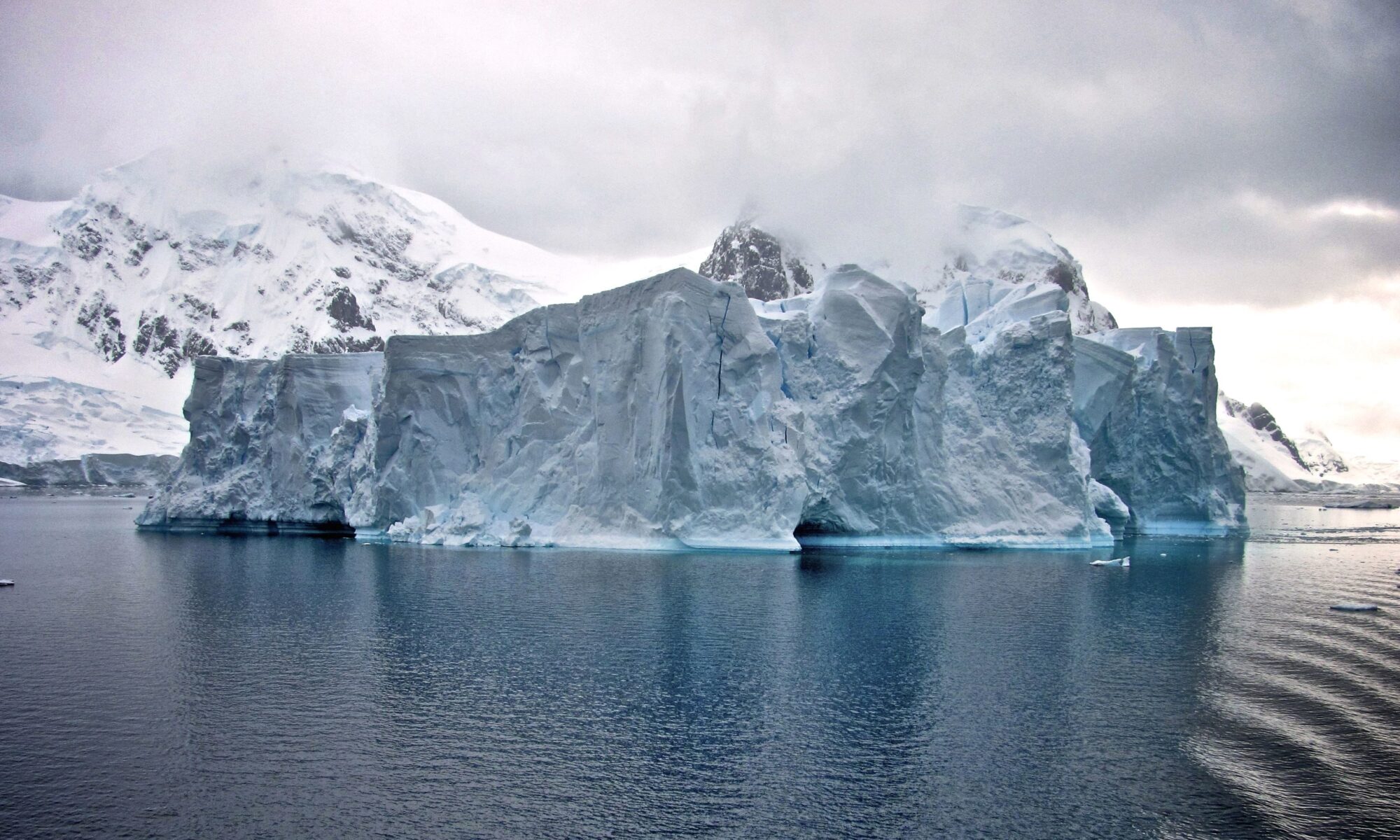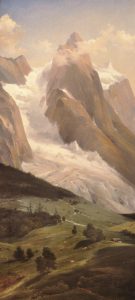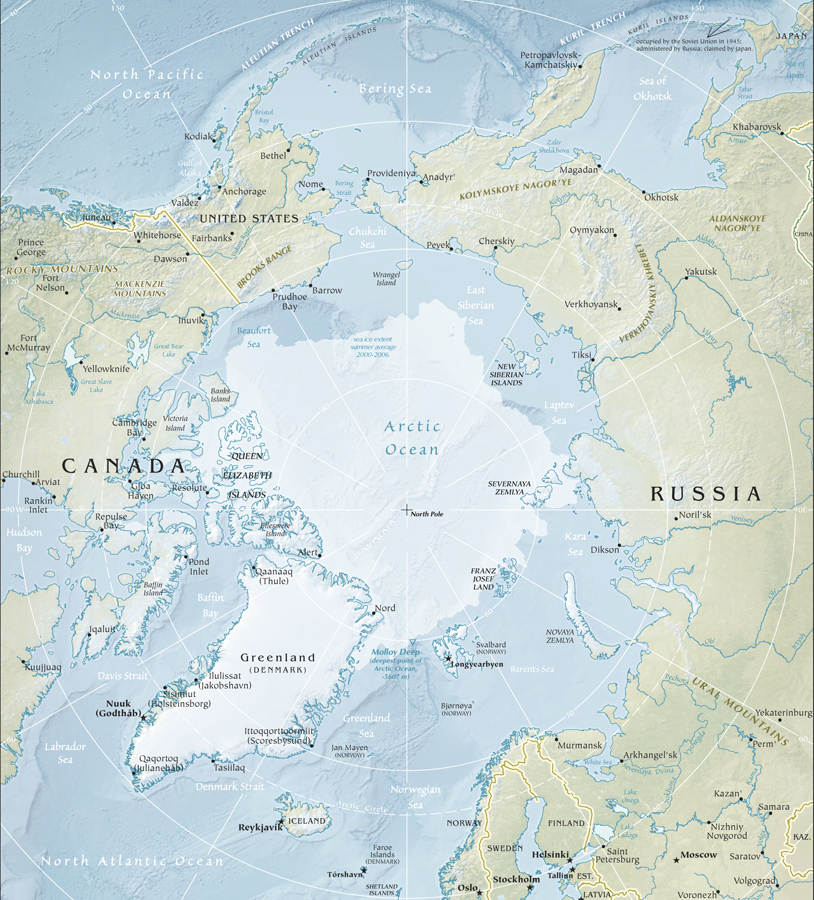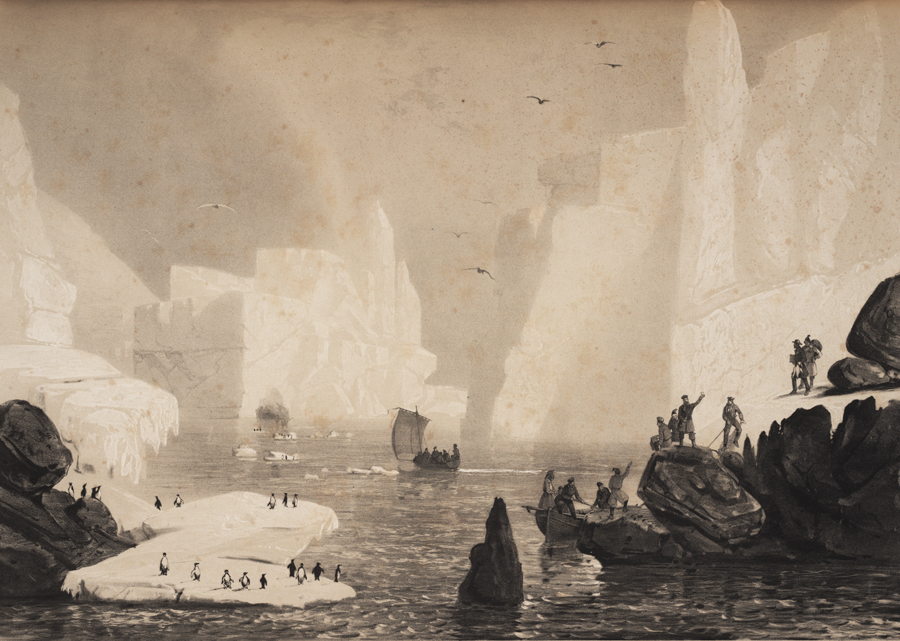Vanishing Ice offers an interdisciplinary perspective into the rich cultural legacy of the planet’s alpine and polar landscapes.
It features the work of an international array of artists whose careers span over two hundred years. Tracing the impact of glaciers, icebergs, and fields of ice on artists’ imaginations, this website explores the connections between artists, natural scientists and the history of exploration.
In the past, artists introduced the public to the geology of ice and the concept of ice ages as evidence of Earth’s ancient origins. Today, artists present the fragility of ice, which is rapidly disappearing in our warming world of climate change. Using different styles, media, and creative approaches to interpreting icy landscapes, artists highlight both the sublime beauty and deteriorating condition of the planet’s once remote regions: alpine mountain chains, the Arctic, and Antarctica.
This website, Vanishing Ice: Artists on the Front Line of Global Climate Change, is based on interpretive documentation from an international touring exhibition, Vanishing Ice: Alpine and Polar Landscapes in Art, 1775-2012. It was organized under the auspices of the Whatcom Museum, Bellingham, WA, 2013 and traveled until 2018 to the following institutions: El Paso Museum of Art, Glenbow Museum, McMichael Canadian Art Collection, David Brower Center, and Weisman Art Museum, University of Minnesota, Minneapolis.
This website aims to highlight the contributions made by artists to the rich cultural legacy of the planet’s alpine and polar landscapes. View Timeline
Top banner image: A large iceberg in Antarctica. Photo by Jay Ruzesky.




